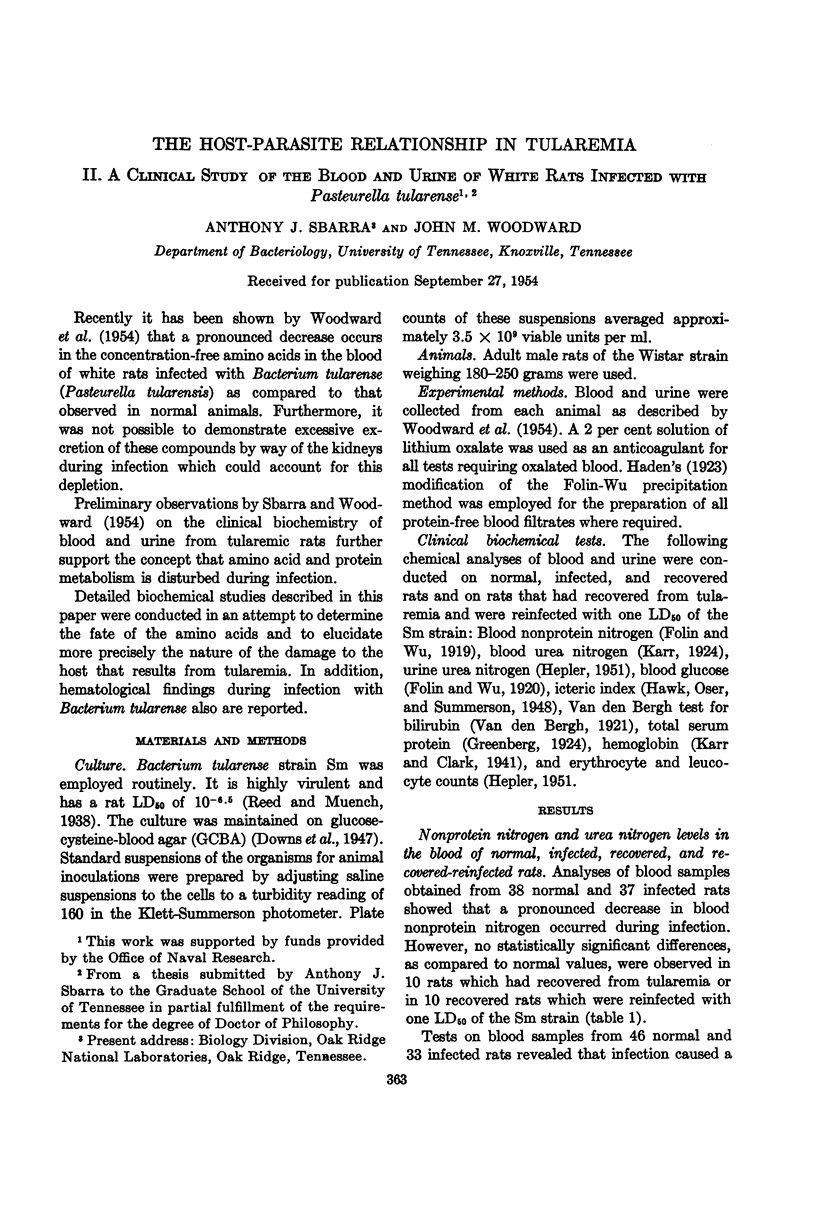Full text
PDF



Selected References
These references are in PubMed. This may not be the complete list of references from this article.
- Downs C. M., Coriell L. L., Chapman S. S., Klauber A. The Cultivation of Bacterium tularense in Embryonated Eggs. J Bacteriol. 1947 Jan;53(1):89–100. [PMC free article] [PubMed] [Google Scholar]
- WOODWARD J. M., SBARRA A. J., HOLTMAN D. F. The host-parasite relationship in tularemia. I. A study of the influence of bacterium tularense on the amino acid metabolism of white rats. J Bacteriol. 1954 Jan;67(1):58–61. doi: 10.1128/jb.67.1.58-61.1954. [DOI] [PMC free article] [PubMed] [Google Scholar]


